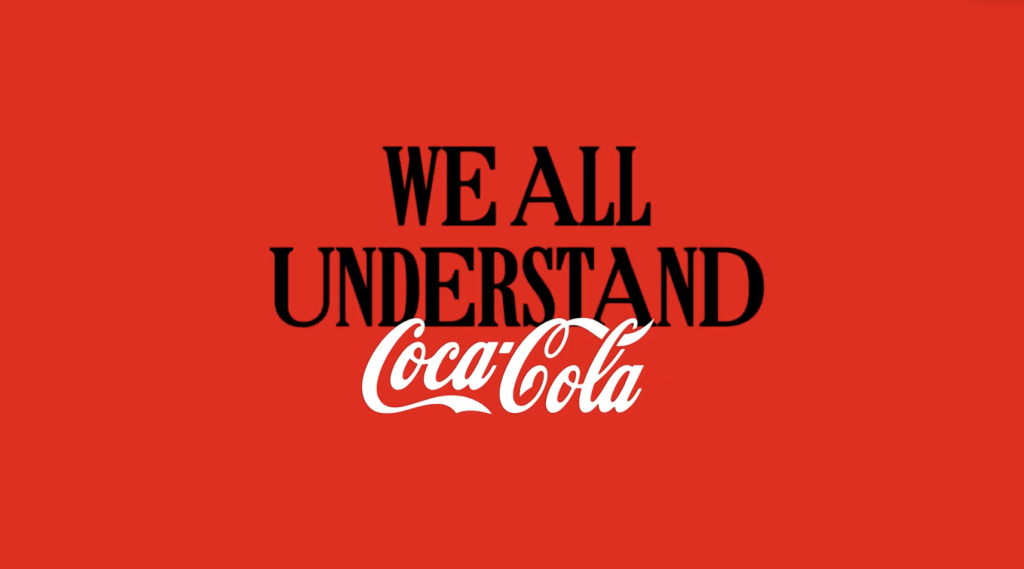To understand the role of language and translation in multicultural branding campaigns, we asked four experts from the fields of marketing and executive leadership. From increasing market reach to fostering cultural resonance, these leaders share their insights on the importance of language and translation in creating effective multicultural branding campaigns.
- Increasing Market Reach
- Building Trust and Connection
- Promoting Inclusivity
- Fostering Cultural Resonance
Increasing Market Reach
Jessican Highham is a Marketing Manager and gives us a role of language and translation in multicultural branding campaigns. “By embracing languages and translation in branding campaigns, brands are sure to increase their market reach. It shows an understanding of cultural nuance and commitment to go “beyond the basics” of advertising and assumption around language, and instead—quite literally—speaks the language of a target audience.
Further to this, it also provides an opportunity to adapt messaging, so it fully resonates with the target audience, taking into consideration factors such as slang or potential for misinterpretation and instead provides clear, understandable, and accessible messaging for all.”
Building Trust and Connection
CEO, Brenton Thomas provides another role of language and translation in multicultural branding campaigns. “Ensure that the brand message is clear and understandable. This means translating the message into the target language(s) accurately and fluently, but it also means taking into account cultural nuances and idioms.
For example, a phrase that is perfectly innocuous in one culture could be offensive in another. Build trust and credibility with the target audience. When a brand takes the time to translate its message into the target language(s), it shows that the brand is committed to understanding and reaching out to that audience. This can help to build trust and credibility, which are essential for any successful marketing campaign.
Create a sense of connection with the target audience. When a brand uses language that is familiar and relevant to the target audience, it can help to create a sense of connection. This can be done by using local slang, idioms, or references to local culture.”
Promoting Inclusivity
Brittany Moore is a Marketing Assistant and describes another role of language and translation in multicultural branding campaigns. “Inclusivity is the major role that language and translation play in creating an effective multicultural branding campaign. In this case, a connection with the audience is created and emotions are evoked. One thing can be said in multiple languages, and all messages will come across with a different feeling.”
Fostering Cultural Resonance
CEO, Vikrant Shaurya reveals another role of language and translation in multicultural branding campaigns. “In a globalized marketplace, language and translation are indispensable tools for designing effective multicultural branding campaigns. Their primary role is facilitating comprehension and fostering cultural resonance.
Understanding the power of words and the nuanced meanings they carry across cultures is crucial. A well-translated campaign does more than just convey information—it aligns the brand’s values and story with the cultural context of the target audience, enhancing relatability and engagement.
Employing professional translators who are native speakers, well-versed in the local culture and slang, elevates branding efforts. This goes beyond linguistic accuracy and taps into cultural subtleties, creating an authentic and impactful narrative.
Language and translation serve as bridges connecting brands with diverse audiences, ultimately driving inclusivity and broadening reach. This is the cornerstone of successful multicultural branding.”
—————-
Special thanks to Featured for their continued help in the creation of this blog post. Click below for more strategies from the Nativa team regarding Online Marketing.




